Search
Search Results

Definition
Ice Age
An ice age is a period in which the earth's climate is colder than normal, with ice sheets capping the poles and glaciers dominating higher altitudes. Within an ice age, there are varying pulses of colder and warmer climatic conditions, known...
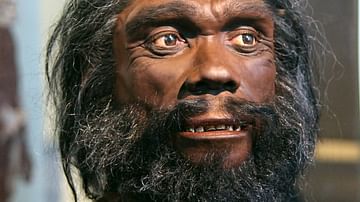
Definition
Homo Heidelbergensis
Homo heidelbergensis is an extinct species of human that is identified in both Africa and western Eurasia from roughly 700,000 years ago onwards until around 200,000 years ago – fitting snugly within the Middle Pleistocene. Named for a piece...

Article
Prehistoric Hunter-Gatherer Societies
Hunter-gatherer societies are – true to their astoundingly descriptive name – cultures in which human beings obtain their food by hunting, fishing, scavenging, and gathering wild plants and other edibles. Although there are still groups of...
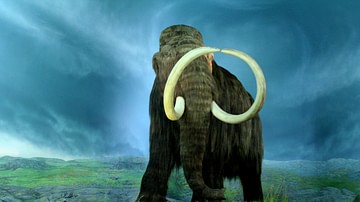
Definition
Woolly Mammoth
The woolly mammoth, Mammuthus primigenius, is an extinct herbivore related to elephants who trudged across the steppe-tundras of Eurasia and North America from around 300,000 years ago until their numbers seriously dropped from around 11,000...
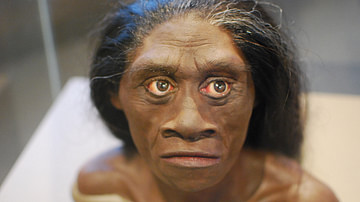
Definition
Homo Floresiensis
Homo floresiensis, nicknamed 'hobbit' because it only stood about 1 meter tall, is an extinct species of fossil human that lived on the island of Flores, Indonesia during the Pleistocene. Floresiensis is still shrouded in a fair bit of mystery...
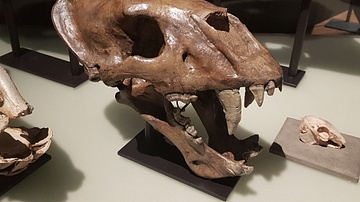
Image
Homotherium Skull
Cast of the skull of a scimitar-toothed cat (genus Homotherium) which appeared across Africa, Eurasia and the Americas during the Pliocene (c. 5 million - c. 2,6 million years ago) and the Pleistocene (c. 2,6 million- c. 12,000 years ago...

Image
Megaloceros (Giant Elk) Skeleton
Megaloceros giganteus (generally known as Irish- or Giant Elk) skeleton on display at the National Museum of Natural History, Washington, D.C. Megaloceros is an extinct genus of deer that lived from the Late Pliocene to the Late Pleistocene...

Image
Woolly Mammoths
Artist's vision of woolly mammoths (Mammuthus primigenius) in a late Pleistocene landscape in northern Spain. Mammoths were hunted by prehistoric humans.
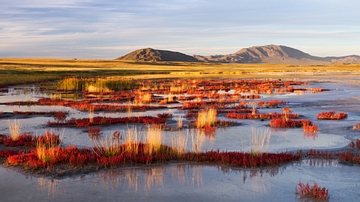
Image
Mammoth Steppe
The Ubsunur Hollow Biosphere Reserve, depicted here, contains some of the last stretches of the so-called mammoth steppe; an ecosystem in which the woolly mammoth thrived during the Pleistocene.
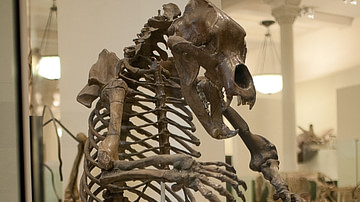
Image
Cave Bear Skeleton
Skeleton of a cave bear (Ursus spelaeus) on display at the American Museum of Natural History. The cave bear lived in Europe during the Pleistocene and shared the stage with early humans up to around 24,000 years ago, when it went extinct.